What are the best graphics cards for digital artists, graphic designers and 3D modellers?
Whether its Nvidia, AMD or Intel, finding the right graphics card for a creative workflow is complex, this is how to choose.
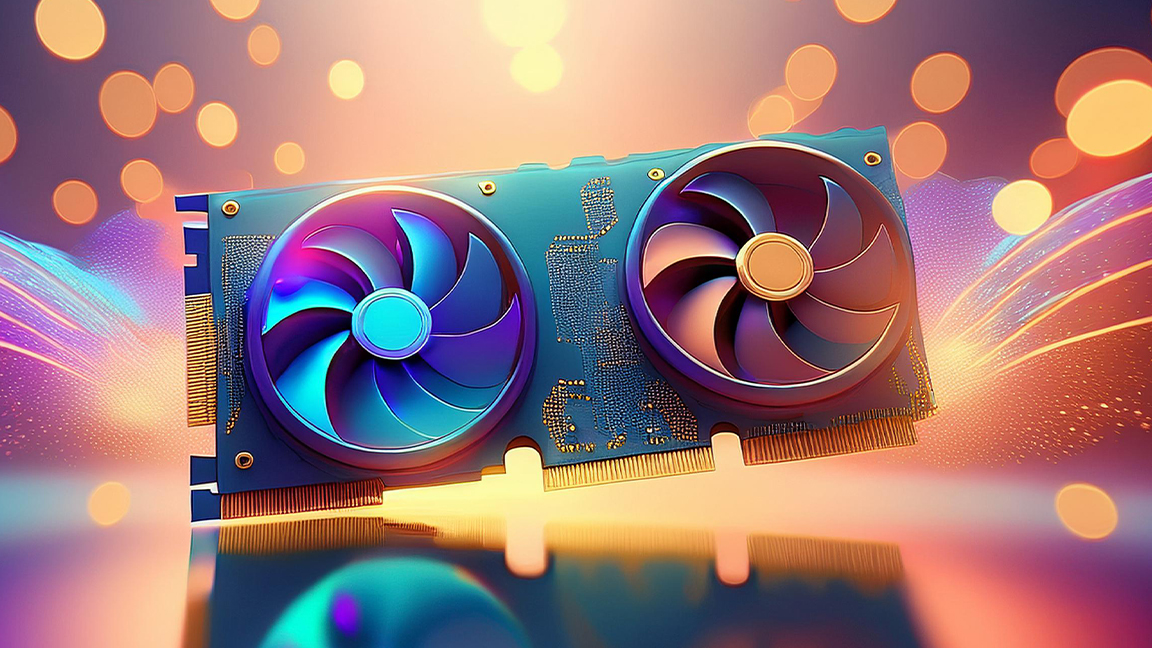
For pretty much any creative workflow, it doesn't hurt to have more performance. More RAM, a CPU with a few extra cores, maybe a quicker SSD, you get the idea. It's all fairly straightforward, albeit every upgrade comes at a cost.
Straightforward, that is, until you come to the graphics chip or GPU. Suddenly, things get a lot more complicated. Not only do GPU feature sets and performance vary much more widely than, say, for CPUs. It's not even always clear if a GPU will actually help with a given task. Some workflows are largely or even exclusively dependent on CPU performance and memory availability, others can be accelerated dramatically by a quick graphics chip.
All of which means it pays to be particularly discerning when it comes to choosing a GPU. For some digital creatives, spending heavily on a GPU can be a waste of money. For others, it can be a very wise investment. You can read our guide to the best graphics cards for laptops or our full coverage of graphics cards for reviews and news.
Choosing a creative GPU: AMD, Nvidia or Intel?
Arguably the first decision you need to make is GPU brand, will it be AMD or Nvidia? While it somewhat pains us to say this given how high they tend to price their graphics chips, the safest choice is Nvidia.
There are a few reasons for this. First, Nvidia probably has the widest support for various plugins, codecs and filters used in creative workflows, from image and video editing right through to graphic design. I cover some of this in my feature how to choose a laptop for digital art and graphic design.
Various application suites, such as Adobe Photoshop and Premier Pro, are often better optimised for Nvidia. Meanwhile, for 3D modelling and CAD, Nvidia GPUs are particularly strong. Nvidia can have really dramatic performance advantages in specific applications like Blender, too.
Nvidia probably has the widest support for various plugins, codecs and filters used in creative workflows
Nvidia GPUs also have the more forward looking feature set, including frills like tensor cores that can be used to dramatically accelerate certain tasks. Right now, those features may often be niche, but they're only becoming more relevant with time.
In pure shader performance terms, Nvidia GPUs also have the edge, albeit that largely applies to upper-middle and high-end tier GPUs, where AMD has fallen behind of late. None of this makes AMD GPUs unbuyable. They can offer great value at certain price points and configurations. But if in doubt, Nvidia is the default choice.
As for Intel's nascent graphics chips, for now we'd steer clear. On paper Intel Aerc chips offer a reasonable feature set. But Intel's drivers are still really in development phase and application support can be patchy. So, an Intel Arc-powered rig would only make sense if it came at a huge discount and even then probably not for really critical professional workflows.
Choosing a creative GPU: which GPU model do I need?
If you're asking the question, the good news is that the likely answer is that you don't need to go completely crazy with a megabucks GPU. Digital creatives who absolutely rely on outright GPU performance tend to know who they are. However, having a discrete modern GPU instead of relying on integrated graphics will help at least a little with most workflows.
If in doubt, go for the latest Nvidia 40 series GPUs. They have the most up-to-date feature set. It's also worth noting that, as I write these words in mid-2024, we are nearing the end of the current GPU cycle. Six months from now, there will be a whole new generation of chips, likely branded Nvidia GeForce RTX 50 series, making the Nvidia GeForce RTX 30 series two generations old at that point. Apart from lower performance, application and feature support tends to fall off for older GPU generations.
Choosing a creative GPU: graphic design & digital art
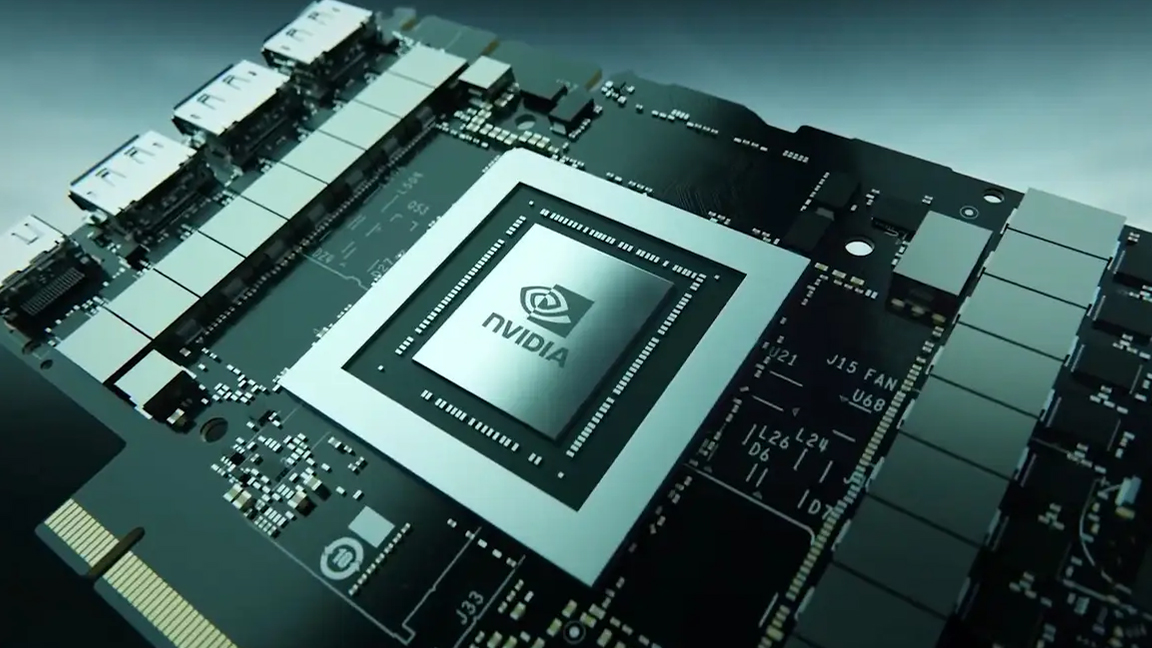
Despite the new Nvidia GeForce RTX 50 series on the horizon, for lighter workloads, including graphic design and digital art, you can actually get by just fine with an entry-level GPU like an Nvidia GeForce RTX 3050 Ti, especially if there's a really conspicuous bargain to be had. Those tasks generally don't need a super powerful GPU or lots of video memory. Read our Acer Aspire 7 review for a good Nvidia GeForce RTX 3050 Ti laptop.
In theory, even older GPUs like the Nvidia GeForce RTX 20 series are fine for basic design and 2D digital art or image editing. AMD GPUs from the Radeon RX 6000 and 7000 series can be great value options for lighter 2D creative jobs, too. But where budgets permit, we'd still recommend targeting the Nvidia GeForce RTX 4050 as a baseline GPU for most creative workflows. It has the latest feature set and will have the widest software and application support.
Best buy: Nvidia GeForce RTX 3050 Ti or AMD RX 6600M
Choosing a creative GPU: animation and 3D art
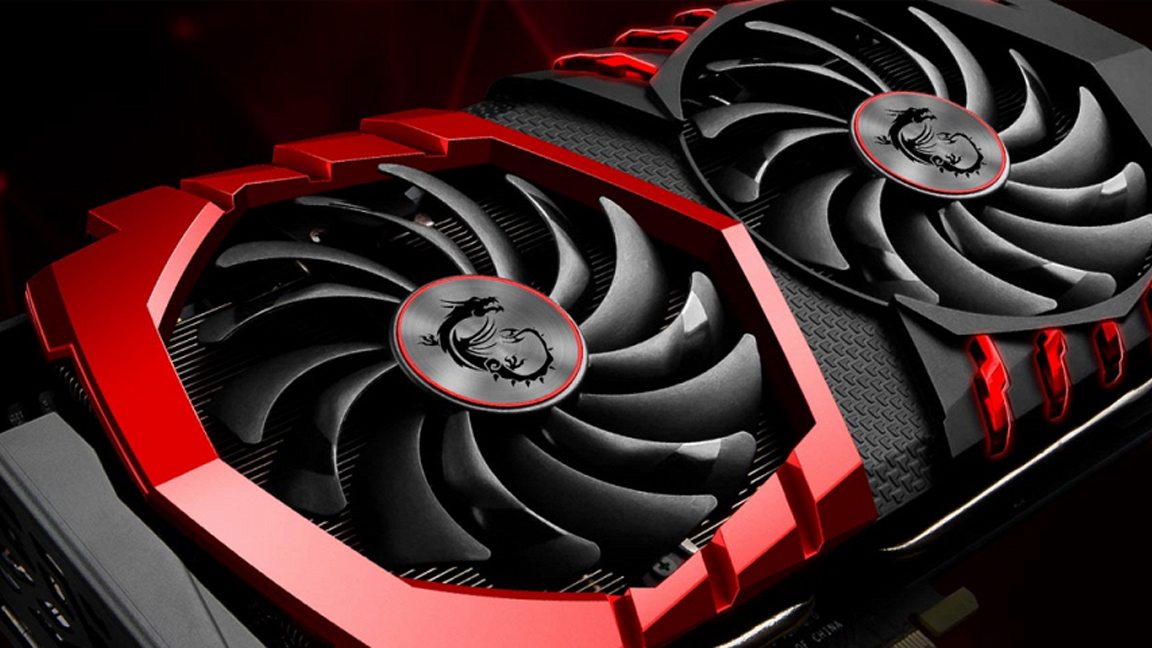
Anything involving animation or 3D graphics is where outright GPU performance and features begin to really kick in and you'll want to move up the GPU tiers. The Nvidia GeForce RTX 4060 mobile GPU isn't a huge step up on the 4050, so don't pay a huge amount extra for a system with the 4060 over a 4050. However, the Nvidia RTX 4070 brings quite a bit more overall performance. A 3D animation job will complete much more quickly on the 4070.
Exactly how far you go up the product stack will depend on how demanding your workflows are. Nvidia GPUs get very pricey, extremely quickly. You'll only need to step up to the likes of the GeForce RTX 4080 and 4090 mobile or 4080 Super desktop for really high resolution animation workflows.
AMD's RX 6000 and 7000 series GPUs can offer a good value alternative, though the 6000 series models are now hard to find new while current model AMD GPUs in laptops, such as the Radeon RX 7800M, are few and far between in general. But be sure to double check application support before you buy an AMD-based system.
Best buy: Nvidia GeForce RTX 4070 or AMD RX 7800M
Choosing a creative GPU: video editing
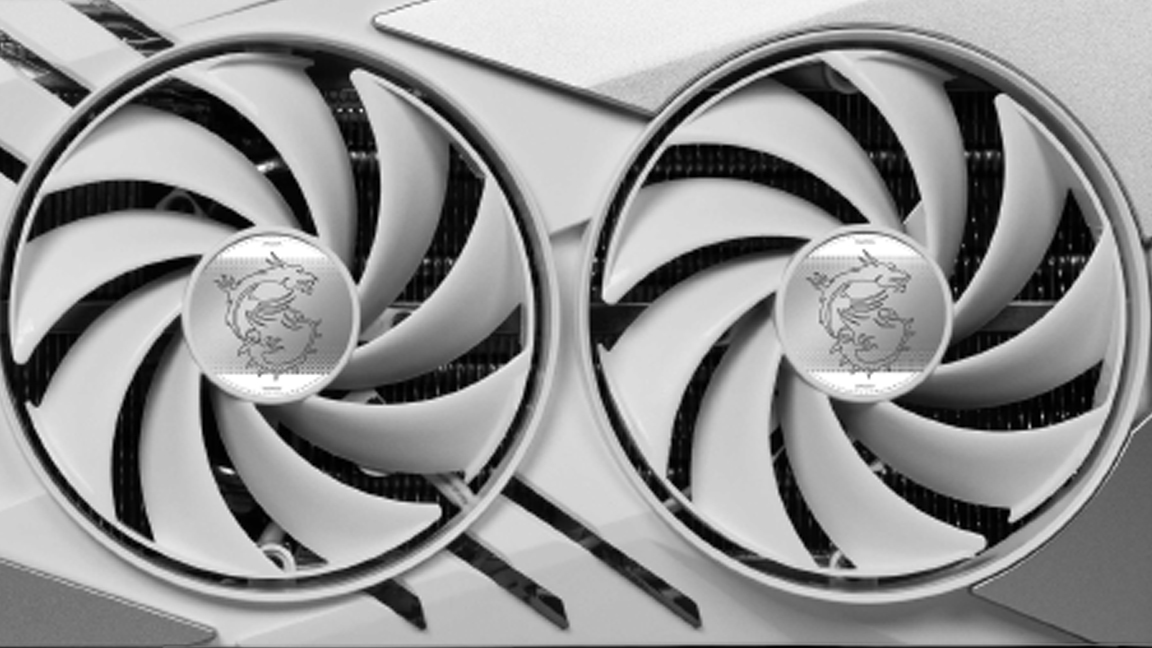
In theory, all you need is a CPU for video editing. However, modern GPUs can offer huge performance boosts thanks to hardware acceleration for everything from effects and filters to encoding.
An entry-level Nvidia GeForce RTX 30 or 40 series GPU will provide a worthwhile boost for basic editing and encoding tasks. But we'd recommend at least a mid-range Nvidia GPU like an GeForce RTX 4070 mobile or GeForce RTX 4070 Super desktop if you're remotely serious about video editing and encoding. It's a pretty powerful GPU and will get the job done for most video editing and encoding jobs. You'll only need to step up to the likes of the GeForce RTX 4080 and 4090 models for truly pro-grade video jobs and 4K workflows with lots of filters and effects and where VRAM availability becomes more critical.
AMD GPUs, meanwhile, are not generally regarded as offering quite as good encode quality and codec support as Nvidia. This doesn't make AMD GPUs unbuyable for video editing tasks. But it does mean that you need to take care to be sure that a given AMD GPU supports your workflow. Again, a current model Nvidia RTX 40 series GPU is the safer bet when it comes to application and codec support.
Best buy: Nvidia GeForce RTX 4070 Super
Choosing a creative GPU: 3D modelling and CAD
For the most demanding 3D modelling and CAD tasks, video memory allocation can be critical, so you'll want the highest end GPU you can afford. With that in mind, the GeForce RTX 4070 laptop chip can be limiting with its 8GB of RAM. You'll have to step up to the 4080 to get an upgrade to 12GB or the 4090 for 16GB.
As it happens, in pure rendering performance terms including for gaming, the 4090 mobile doesn't actually offer much advantage. It's that extra 4GB of VRAM where it can be worth the upgrade for 3D work.
On the desktop side, you tend to get more memory at every tier, with the 4070 models offering 12GB, while the 4080 and 4080 Super steps that up to 16GB and the 4090 rocks fully 24GB for the most demanding tasks. So, these are the workflows where a desktop offers the most advantages.
Best buy: Nvidia GeForce RTX 4080 Super desktop or 4090 mobile
Choosing a creative GPU: mobile versus desktop
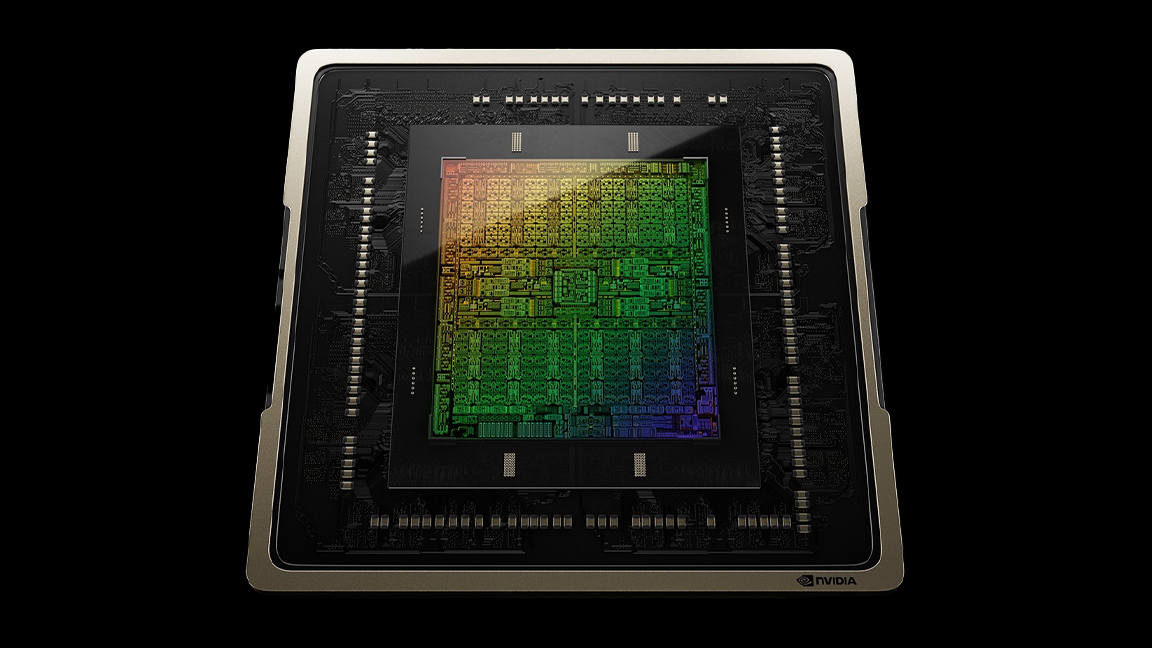
Speaking of desktop versus mobile, much of our focus here has been on mobile GPUs given the popularity of laptops among creative professionals. There are, of course, desktop equivalents for all of the mobile GPUs we've covered here.
At any given product tier, the desktop variant will be more performant. To take an obvious example, the desktop Nvidia GeForce RTX 4070 is actually based on the same chip as the mobile GeForce RTX 4080, and higher clocked, to boot.
That said, it's only the most demanding workflows, such as 3D rendering or large 4K video encodes with lots of advanced effects and filters and where time is money in terms of render times where a desktop rig will really pay dividends. Nvidia's desktop GeForce RTX variants also offer more memory than mobile variants, which can be beneficial for more demanding 3D modelling, CAD and video editing tasks.
If that's your remit, then as above the 16GB RTX 4080 or 24GB RTX 4090 are your GPU weapons of choice. That said, there are occasionally some particularly good deals to be had on AMD Radeon 7000 series desktop GPUs, including the 7800 XT, 7900, 7900 XT, and 7900 XTX.
AMD Radeon cards don't have as strong a feature set as Nvidia GPUs, and we wouldn't recommend them for 3D modelling and CAD. They're probably also overkill for graphic design. But for certain video editing workflows and with full application support, they can offer a strong performance-to-price proposition and also offer more VRAM at a given price point than the Nvidia alternative.
Choosing a creative GPU: Professional GPUs
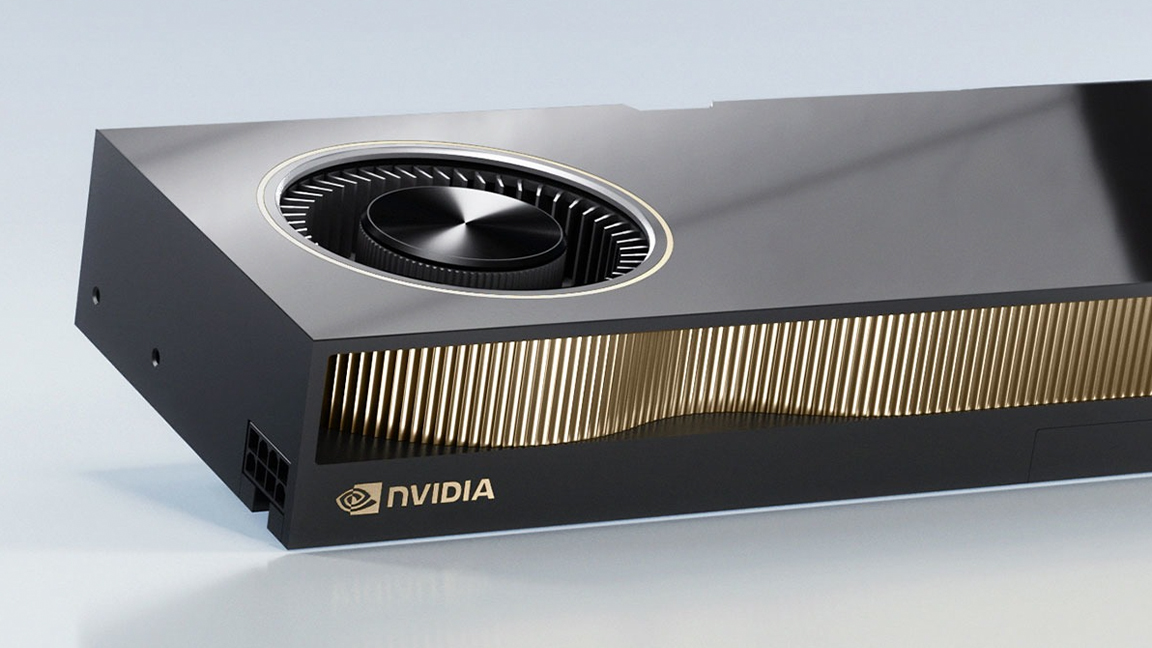
All of the GPUs we've discussed so far are essentially gaming graphics cards that can be used for creative workflows. But would a professional workstation GPU be a better bet?
For the most part, the answer is no. AMD and Nvidia's professional or workstation GPUs are generally much more costly for a given performance level but to little benefit for applications like video editing or graphic design.
The exceptions would be 3D modelling or CAD, where the more extensive driver validation of pro cards can be desirable. Likewise, where absolutely huge video memory allocations are beneficial, pro cards can be the only option.
For instance, Nvidia's GeForce RTX A6000 GPU packs 48GB, double that of even the most powerful GeForce RTX model, the RTX 4090. However, for most creative workflows and certainly for lighter graphic design and video and image editing tasks, that kind of VRAM availability is absolute overkill.
Choosing a creative GPU: integrated graphics
Do you even need a dedicated graphics chip? Strictly speaking, no. But for any tasks that can be GPU accelerated, then integrated graphics built into CPUs are far, far weaker than a proper graphics chip.
The one possible exception is the new AMD Ryzen AI chip. It has the most powerful integrated GPU yet. It's still comfortably bested by even an entry-level current model discrete graphics chip like an Nvidia GeForce RTX 4050 mobile or 4060 desktop.
Despite all that, integrated graphics can be okay for hobbyist creation and less demanding 2D digital artwork. You can also encode video without a discrete GPU, it will just take a lot longer than the same job with GPU acceleration.
Choosing a creative GPU: is the future AI?
This year, the first laptops with dedicated NPUs for processing AI tasks have become available. An NPU or neural processing unit isn't strictly a GPU feature, but there is some overlap. We have a guide, 'What is an AI laptop' that covers some of this in detail, but I'll summarise here.
For now, it's unclear how much benefit NPUs offer. They can help with AI artwork generation using tools like Stable Diffusion. However, The concept of using an NPU for those kinds of tasks is very, very new. Right now, only laptops with Qualcomm Snapdragon X and AMD Ryzen AI mobile chips for laptops have NPUs powerful enough to qualify for Microsoft's Copilot+ AI PC certification. (Read our guide to the best AI laptops for more.)
What's more, Nvidia GeForce RTX GPUs sport tensor cores for hardware AI acceleration and typically offer much better AI performance than the NPUs built into laptop CPUs. By way of example, Nvidia GeForce RTX 4080 and 4090 laptop GPUs both pack over 10 times the AI performance, measured in TOPS, of the Qualcomm and AMD NPUs mentioned above.

Thank you for reading 5 articles this month* Join now for unlimited access
Enjoy your first month for just £1 / $1 / €1
*Read 5 free articles per month without a subscription

Join now for unlimited access
Try first month for just £1 / $1 / €1
Get the Creative Bloq Newsletter
Daily design news, reviews, how-tos and more, as picked by the editors.

Jeremy has been writing about technology since the 90nm Netburst era (Google it!) and enjoys nothing more than a serious dissertation on the finer points of input lag and overshoot followed by a forensic examination of advanced lithography. Or maybe he just loves machines that go 'ping!'. He has written for a variety of publications, including TechRadar, The Independent, Digital Camera World, T3, PC Gamer, GamesRadar+.
